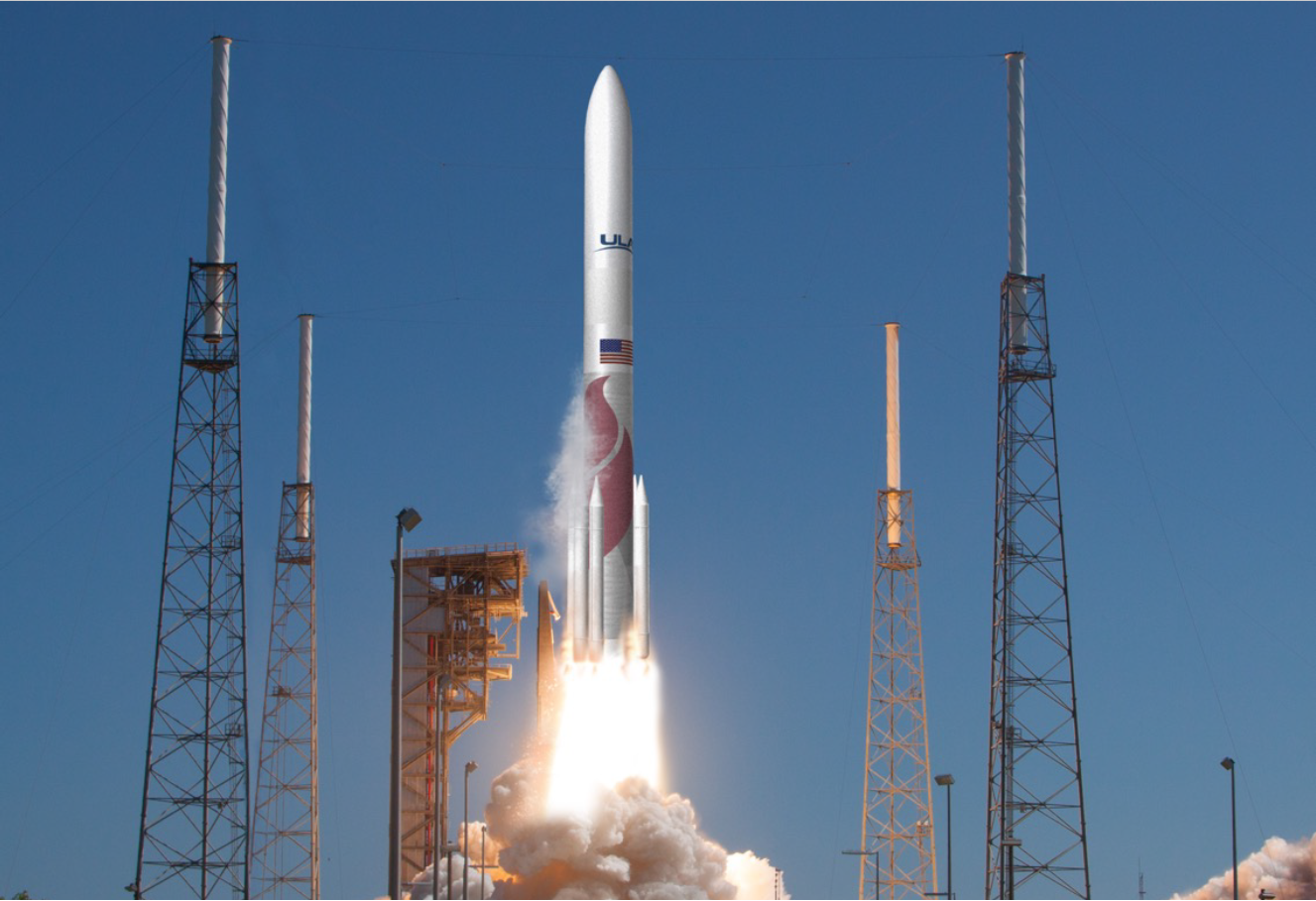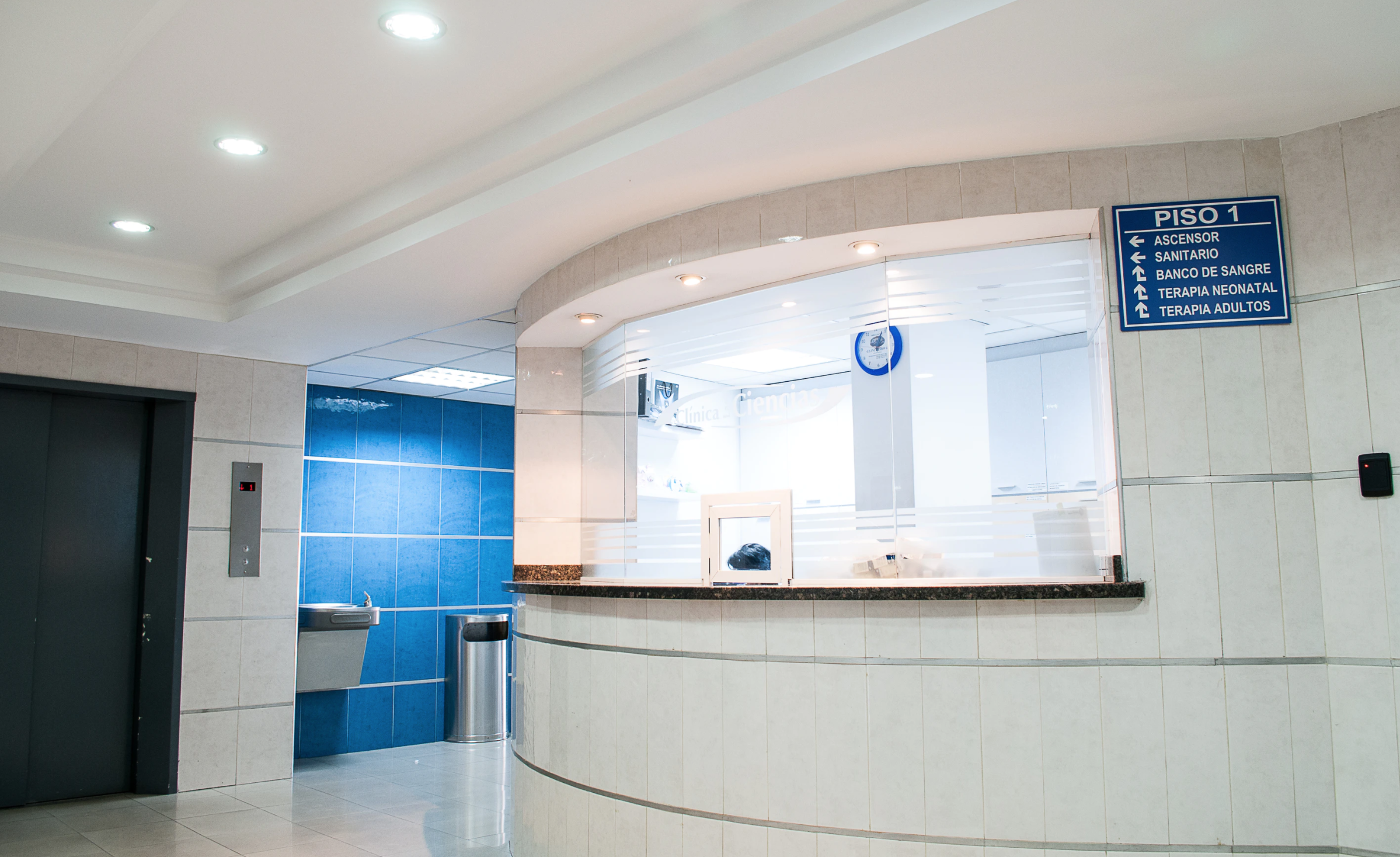Providence Genomics
Platform and Website Design + Development
How a solution goes from a beta test to a sustainable product
Background
Part of the Providence healthcare system, Providence Genomics builds cutting-edge programs including prevention, early detection, and therapeutic programs. Providence Genomics is growing quickly, and all efforts are intended to improve patient care using genomics.
Clinical research has complex resource and staffing requirements to support patient recruitment, education, and consent. Traditionally, a study coordinator guides each patient through a potentially complicated informed consent document and answers questions, before obtaining consent to enroll them in the clinical study. Motivated in part by the SARS-CoV-2 pandemic, the Providence Genomics leadership set goals to transfer much of the manual education effort from study coordinators to online content, including recruitment, study descriptions, details about risks and benefits of study participation, actions needed from study participants, and information about the study experience.
Providence owned a technology platform that had been adapted for participant e-consent by affiliated Institute for Systems Biology (ISB). When the COVID pandemic hit, Providence urgently needed to manage e-consent for patient studies while minimizing potential exposures for study staff. Providence and ISB turned to this platform to recruit for several large COVID-19 studies. Following the successful execution of these studies, Providence Genomics recognized an opportunity for the platform to improve processes for several large precision genomics studies that were in the planning stages.
Working together, Providence, ISB, and Genomics teams expanded the platform’s capabilities beyond the COVID-19 study features. These collaborations made the platform more sophisticated, robust, and feature-rich. It was successfully deployed in two ongoing studies (Geno4ME and Galleri), which are lengthy, multi-year studies that engage thousands of patients.
Based on this success, Providence made the decision to further develop the platform for broader use within Genomics, rebranding it as Propel.
“It’s gratifying that other teams looked at what we created through innovative collaborations between developers, designers, and subject matter experts, and saw the value in it. They recognize that Propel meets a need that nothing else meets.”
Andrew Magis, PhD, Director of Data Science at ISB

The Challenge
The enterprise version of the product’s design needed to make it easy for patients, participants, and researchers to engage in research programs. The technical solution needed to be scalable for use by external partners and customers, and it needed to be sustainable so the number of engaged patients accessing genomic data within Providence could be expanded.
The platform needed significant changes to be marketed to new teams internally and externally. Focus areas included security, compliance, and features to ensure the product could support a broad range of use cases. The Genomics team also had to shift its mindset from meeting the needs of specific users to delighting and exceeding expectations of a broader group of customers.
The Solution
Providence needed a technology partner that could understand the strategy and translate it quickly into a working product. Further, Propel needed a brand identity that could introduce the solution and test its story. Kopius* was selected to help Providence transform Propel into a scalable product by introducing engineering capacity, including specialized design and technology skills to the “in flight” solution.
Kopius rapidly rounded out the engineering, design, content, and project management capabilities of the Propel team, and collaborated with Providence and ISB’s technical teams to build the scalable Propel SaaS product and website. Valance capabilities included product ownership, data visualization, and quality assurance.
Kopius provided a nearshore team with UX/UI design, quality assurance, data visualization, product management and strategy, and project management nearshore capabilities based in the US, and top engineering talent based in Latin America.
Kopius cost-effectively focused on deliverables and building the platform’s capabilities. By engaging Kopius, the Propel product could be developed without competing with internal initiatives that could pull the Providence engineering team in different directions. This was critical because the timeline to meet customer needs was tight and could not tolerate being reprioritized behind other internal initiatives.
The Propel platform is a complex technology stack based on multiple microservices and integrations that support a rich set of features. Shortly after onboarding, the Kopius team started designing and implementing a single-sign-on (SSO) capability across critical microservices, identity management tools, and study management tools.
“The Kopius Project Manager was incredibly helpful in helping us bridge the gap with new users. He brought a rigor of process, and I could rely on him to meet timelines, listen and understand requirements, and deliver results.”
Jon Clemens, Director of Programs, Providence Genomics
Results
Kopius’ involvement enabled the Providence and ISB teams to shift from a “start-up” mindset to sustainable, best practices following a continuous integration and deployment model.
With Kopius’ support, Providence Genomics was able to deliver: an enterprise software product and a set of websites that educate patients through dynamic media-rich content about available studies based on eligibility criteria; a platform able to manage patient identities, enrollment, and electronic consent in accordance with Institutional Review Board (IRB)-approved protocols; and functionality for researchers to track and engage with patients, collect data, and return results.
“The genomics industry is highly innovative- and this project required a true collaboration of exceptional talent. No one is naïve enough to think that one org has all the answers. We worked together to lay out a plan and we’re continuing to collaborate with Kopius to meet the needs of this dynamic industry,”
Cheryl Isen, Head of Marketing, Providence Genomics
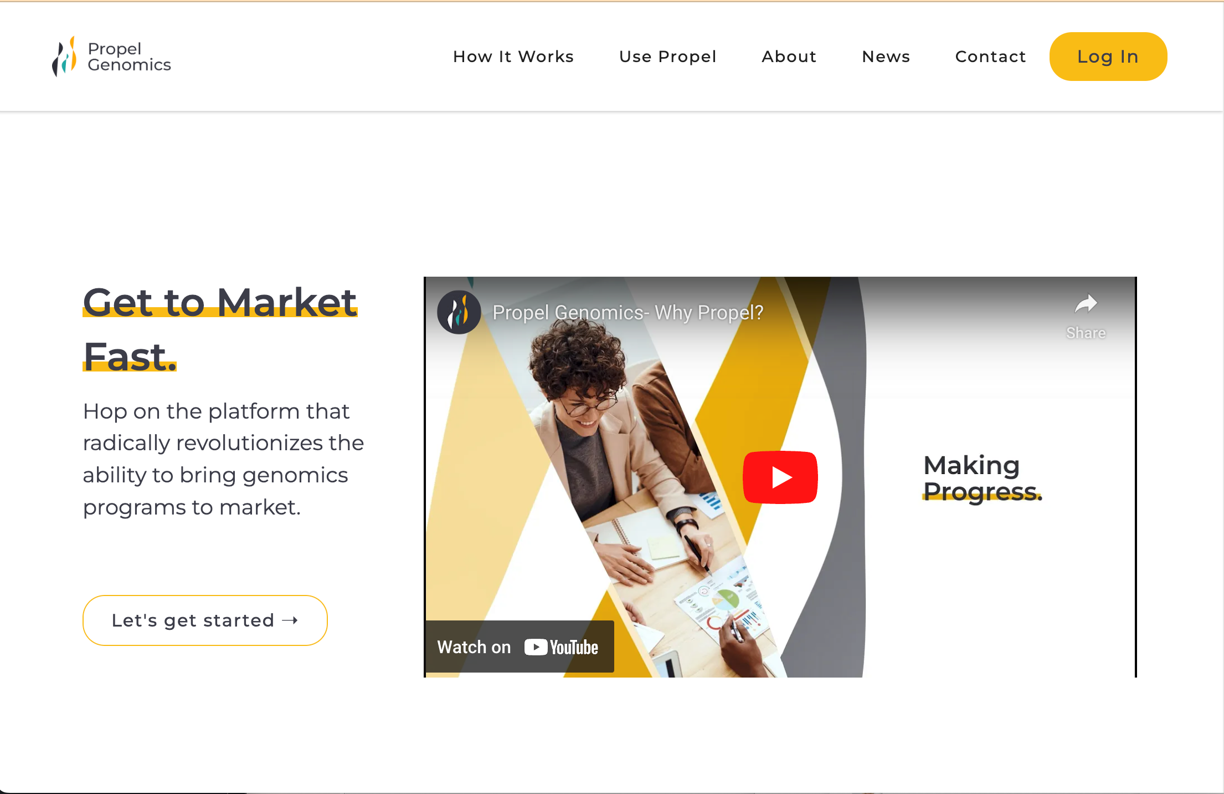
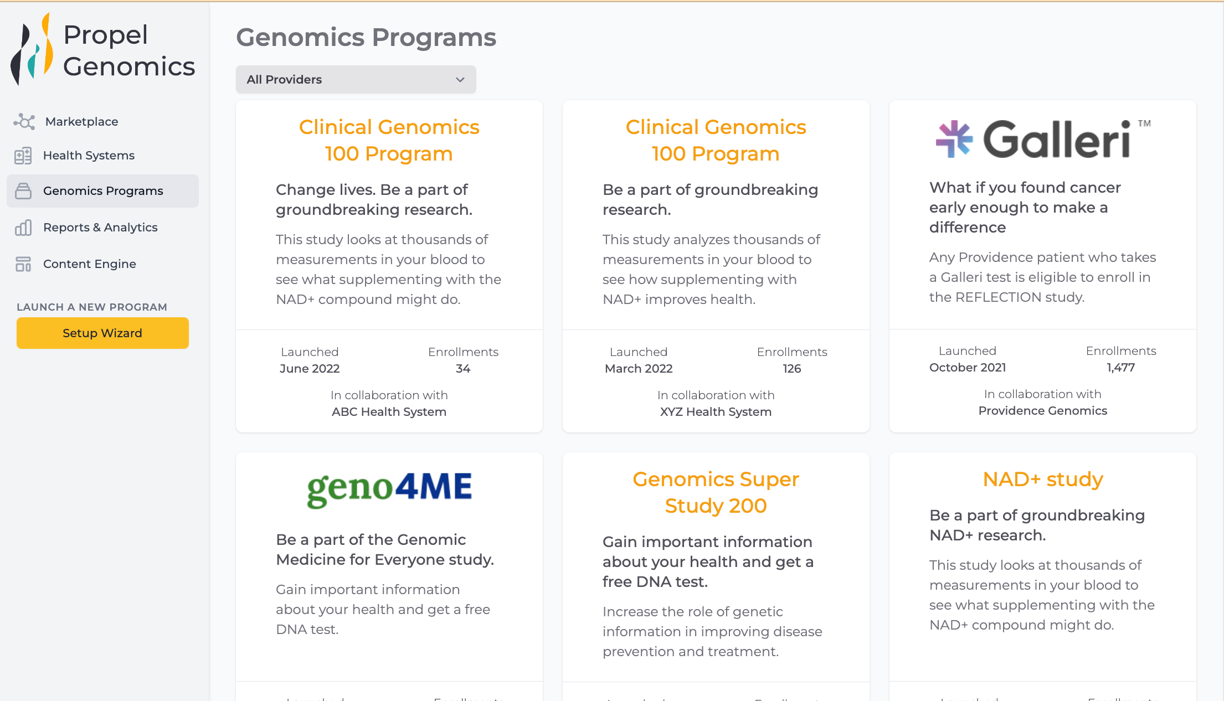
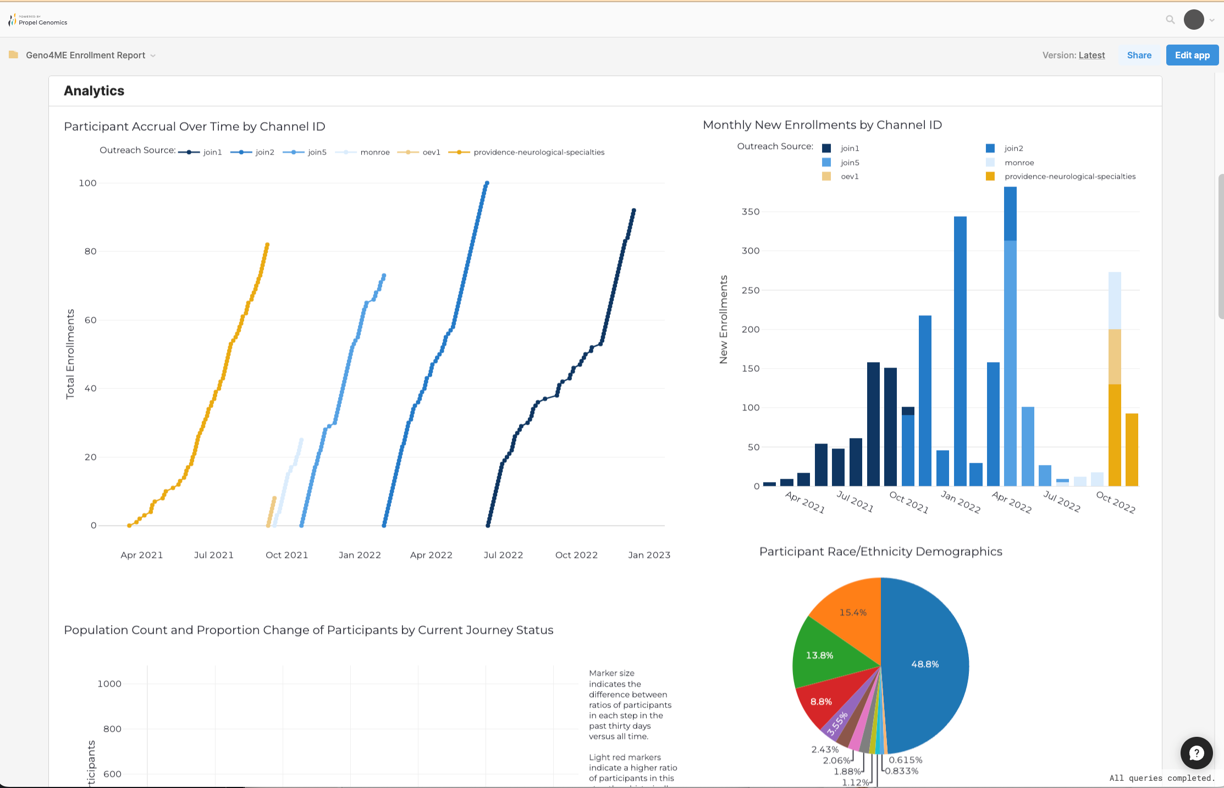

*Work was performed under the previous business name, Valence










